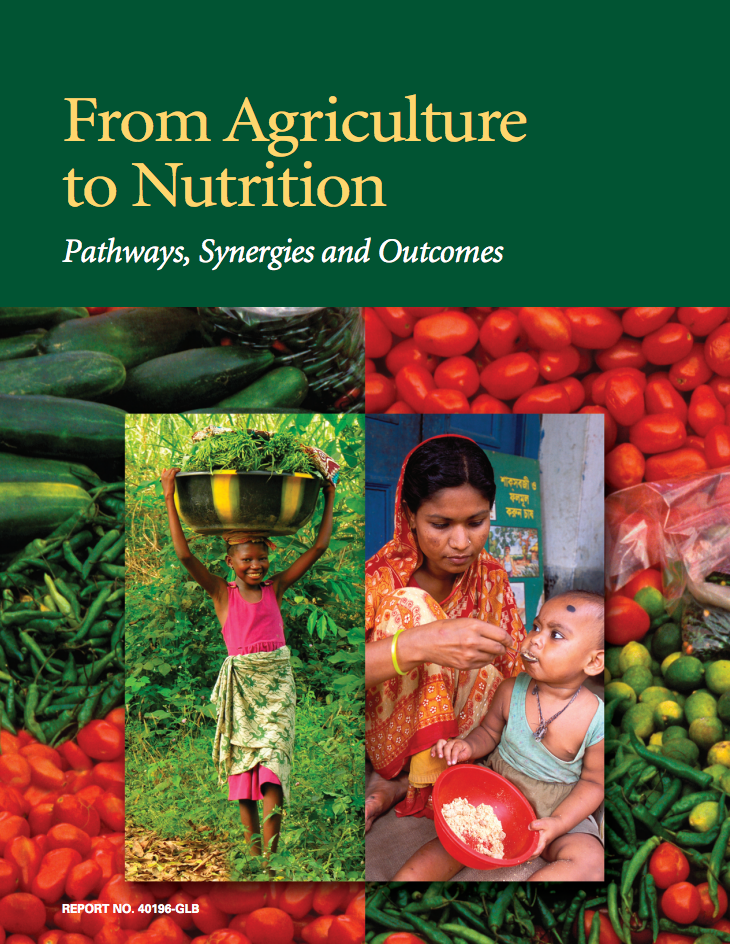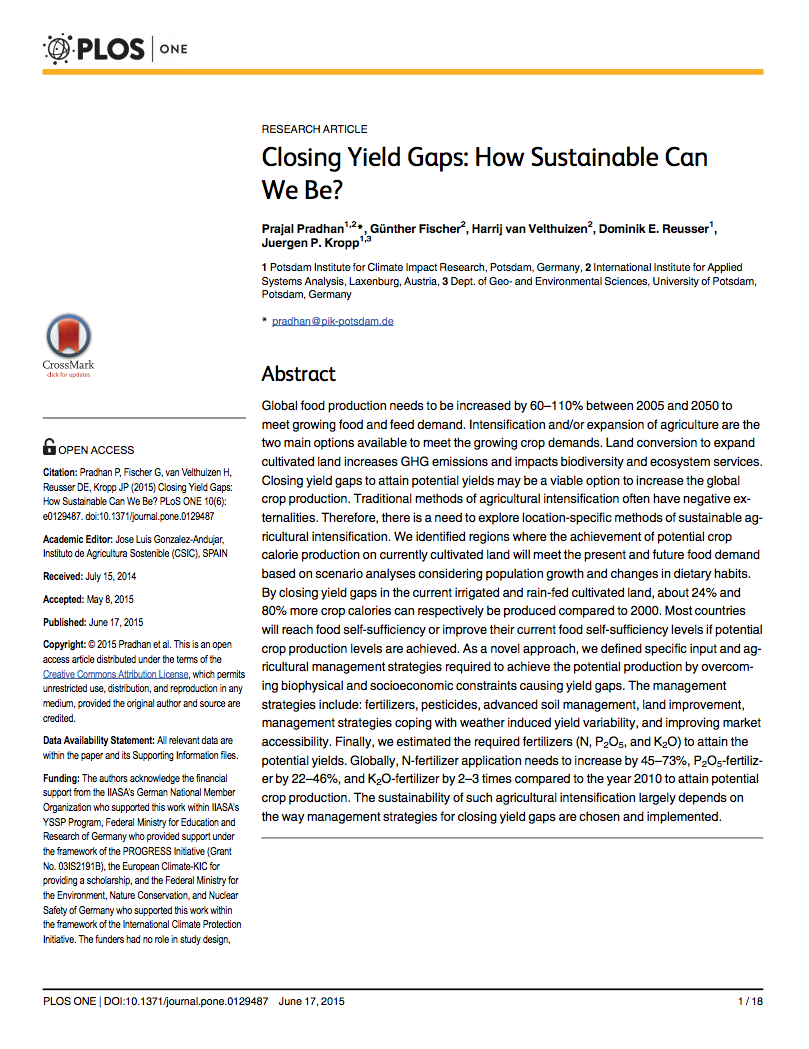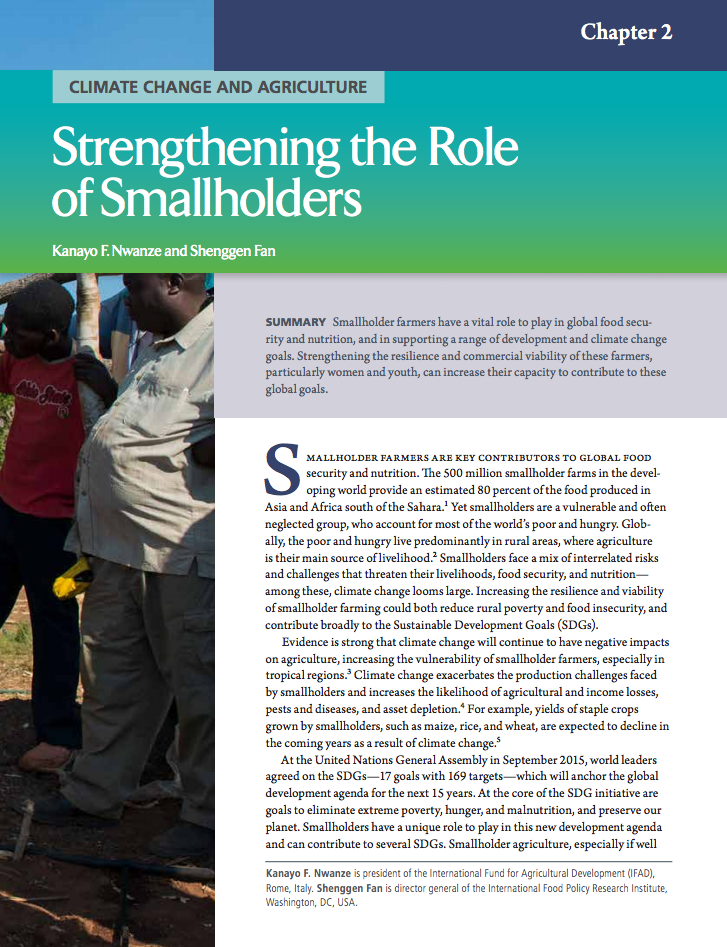Simulating Littoral Trade: Modeling the Trade of Wine in the Bronze to Iron Age Transition in Southern France
The Languedoc-Roussillon region of southern France is well known today for producing full-bodied red wines. Yet wine grapes are not native to France. Additionally, wine was not developed indigenously first. In the 7th century B.C. Etruscan merchants bringing wine landed on the shores of the Languedoc and established trade relationships with the native Gauls, later creating local viticulture, and laying the foundation for a strong cultural identity of French wine production and setting in motion a multi-billion dollar industry.






